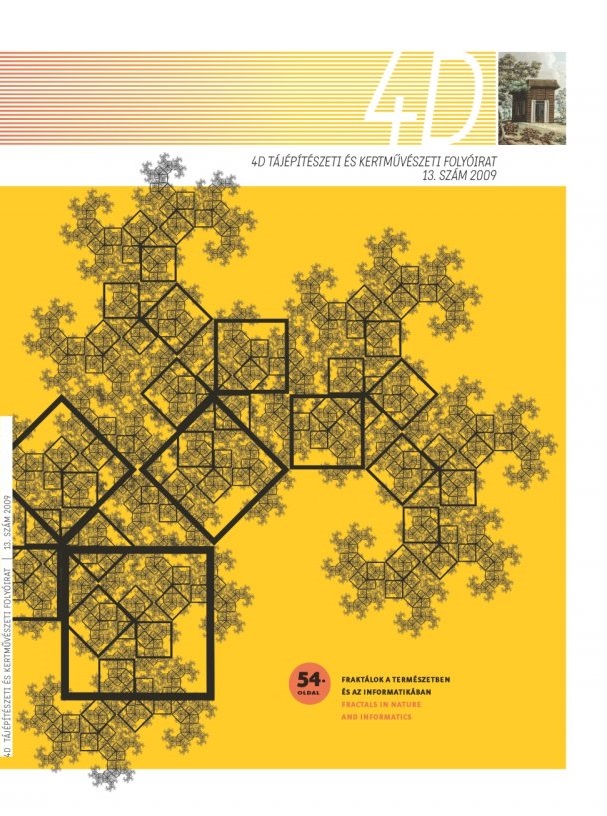Fraktálok a természetben és az informatikában
Kulcsszavak:
fraktál, természetAbsztrakt
A természetben található tárgyak geometriai leírása olyan régi, mint maga a tudomány. Ezen leíráshoz a mindenki által jól ismert euklideszi vonalakat, téglalapokat, kockákat, gömböket, stb. használják. De a természetben nemcsak euklideszi idomok vannak. Több mint húsz évvel ezelőtt jelentette ki Benőit Mandelbrot, hogy „A felhők nem gömbök, a hegyek nem kúpok, a partvonalak nem körívek, a fakéreg nem sima, és a villám sem terjed egyenes vonalban.” A legtöbb természeti objektum olyan bonyolult alakú, hogy megérdemlik, hogy geometriailag kaotikusnak hívjuk őket. Lehetetlennek tűnt a matematikai leírásuk, ezért a „matematika szörnyetegeinek” nevezték őket. 1975-ben Mandelbrot ezeknek a szörnyetegeknek a leírására bevezette a fraktál fogalmát, amely a számszerű leíráson kívül az ezekben az objektumokban rejlő szabályosság felismerésében is segít bennünket.
Hivatkozások
Mandelbrot, 1983: The Fractal Geometry of Nature, ISBN: 0716711869, Henry Holt and Company, 1983
Letöltések
Megjelent
Folyóirat szám
Rovat
License
Copyright (c) 2009 Czinkóczky Anna

This work is licensed under a Creative Commons Attribution-NonCommercial-NoDerivatives 4.0 International License.
A folyóirat Open Access (Gold). Cikkeire a Creative Commons 4.0 standard licenc alábbi típusa vonatkozik: CC-BY-NC-ND-4.0. Ennek értelmében a mű szabadon másolható, terjeszthető, bemutatható és előadható, azonban nem használható fel kereskedelmi célokra (NC), továbbá nem módosítható és nem készíthető belőle átdolgozás, származékos mű (ND). A licenc alapján a szerző vagy a jogosult által meghatározott módon fel kell tüntetni a szerző nevét és a szerzői mű címét (BY).


 intézetigazgató: Dr. Fekete Albert
intézetigazgató: Dr. Fekete Albert

